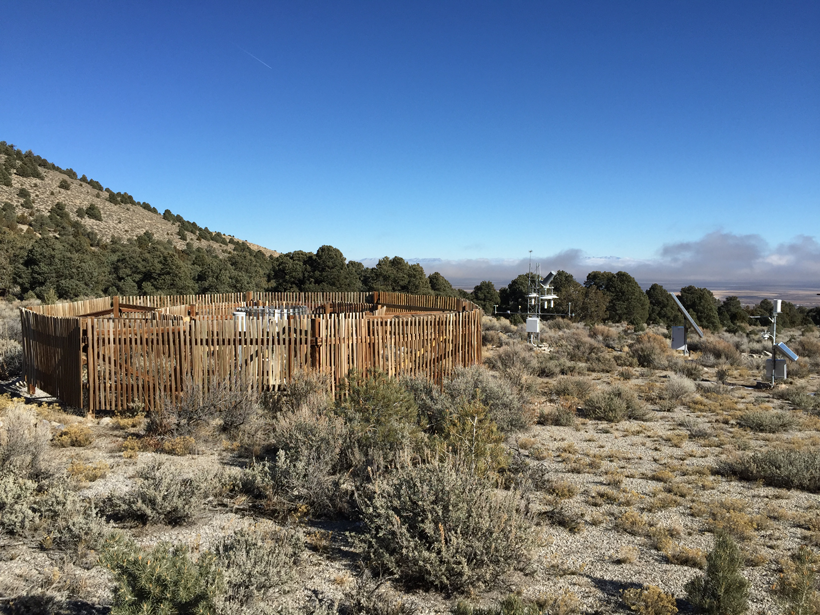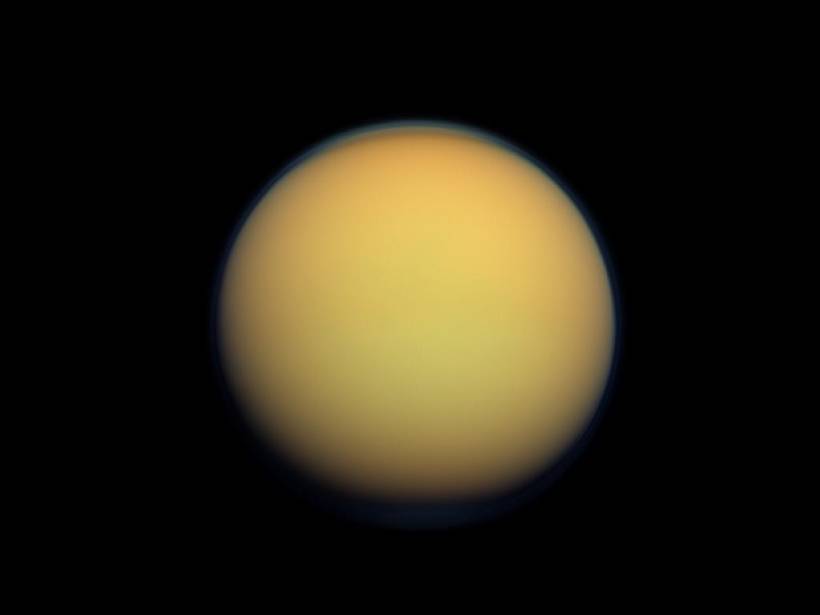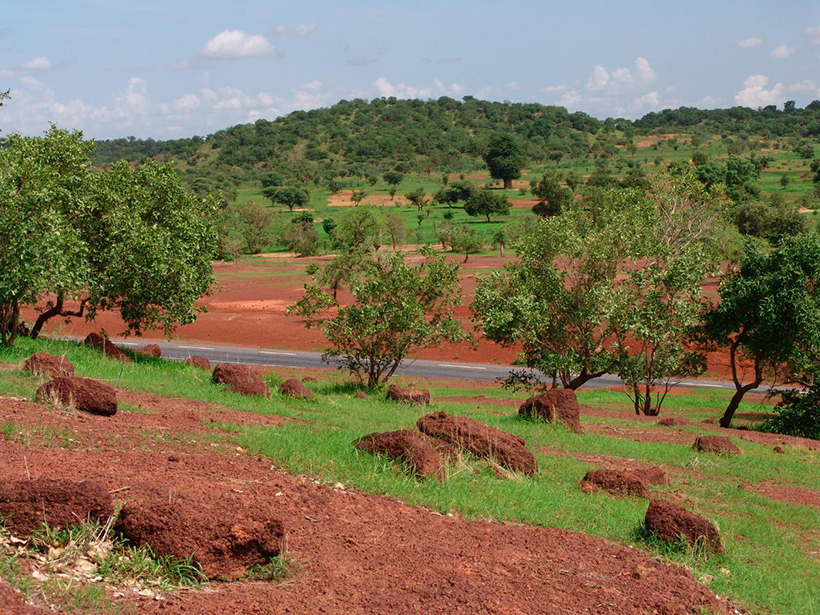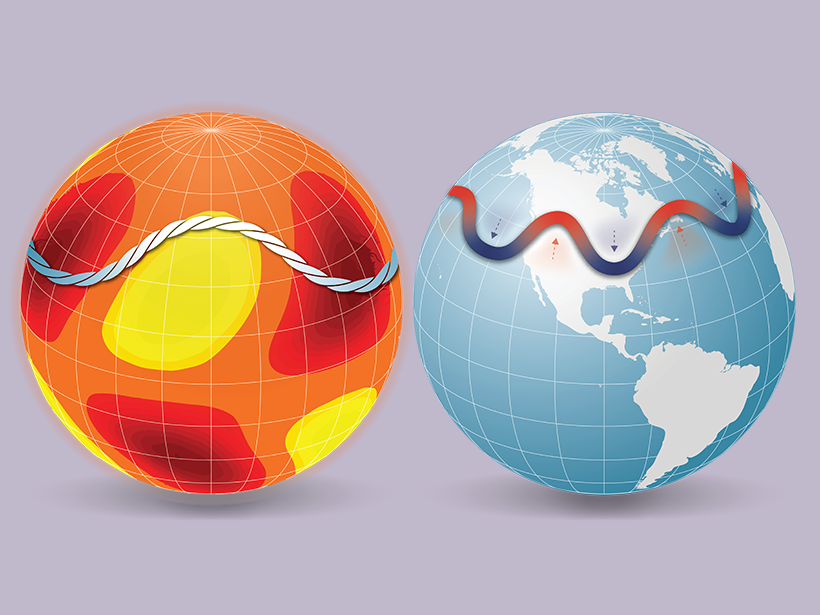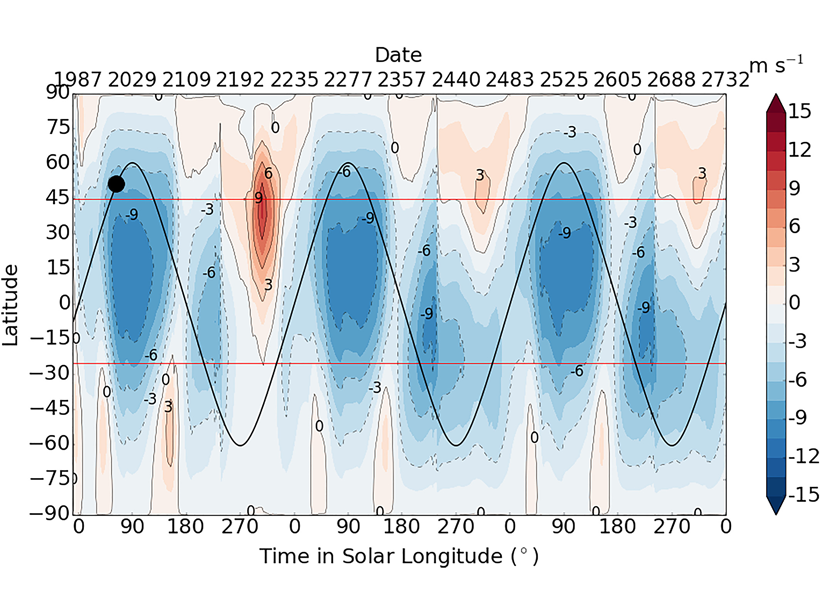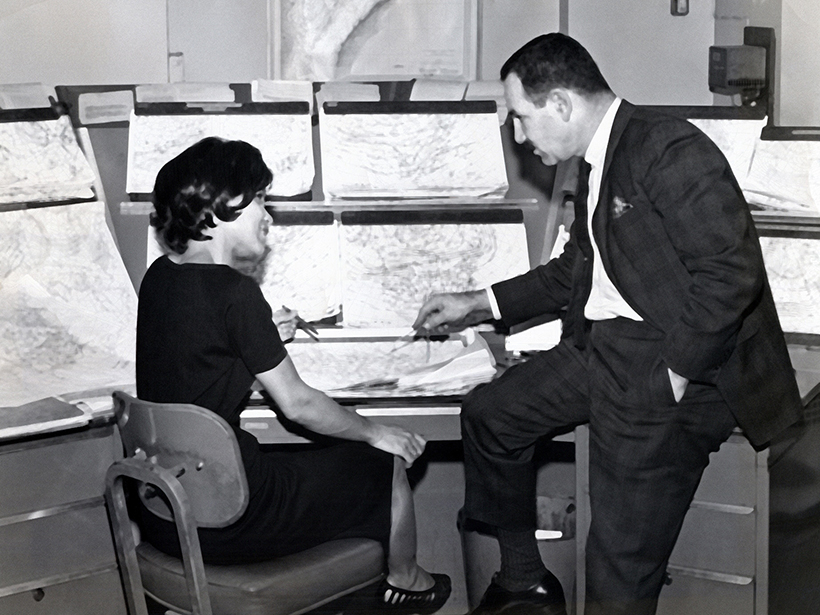Researchers hope that a network of highly consistent climate-observing sites will resolve long-standing issues with climatological data.
meteorology
Rocket Mission Conjures a Ghostly Noctilucent Cloud
Night-shining clouds can be diagnostic tools to better understand how human activity is changing the meteorology of the mesosphere.
A Window into the Weather on Titan
Cassini’s final flybys of Saturn’s largest moon may have captured a temperature drop due to rainfall, one of the first observations of weather changes on Titan.
Post-Tropical Cyclones Influence on European Windstorm Risk
Comparing the importance of midlatitude cyclones and post-tropical cyclones on European windstorms during the Atlantic hurricane season using ERA-5 reanalysis.
Mathematical Insights into the West African Monsoon
A tool from dynamic systems theory is helping atmospheric scientists identify how dust and moisture mix over West Africa.
Megaripple Migration Offers Insights into Martian Atmosphere
The movement of large sand ripples, documented for the first time, suggests Mars is windier than we thought.
Improving Atmospheric Forecasts with Machine Learning
An efficient, low-resolution machine learning model can usefully predict the global atmospheric state as much as 3 days out.
Space Weather Forecasting Takes Inspiration from Meteorology
Solar features analogous to major atmospheric waves on Earth could offer more advanced warning of harmful solar storms.
Capturing Pluto’s Heartbeat in a Computer
Unprecedented global climate model simulations, incorporating observational data from the New Horizons mission, reveal atmospheric circulations driven by a large ice cap on Pluto.
June Bacon-Bercey: Pioneering Meteorologist and Passionate Supporter of Science
Bacon-Bercey redefined the role of the television meteorologist, blazing trails for African Americans and endowing an AGU scholarship for women studying atmospheric science.

